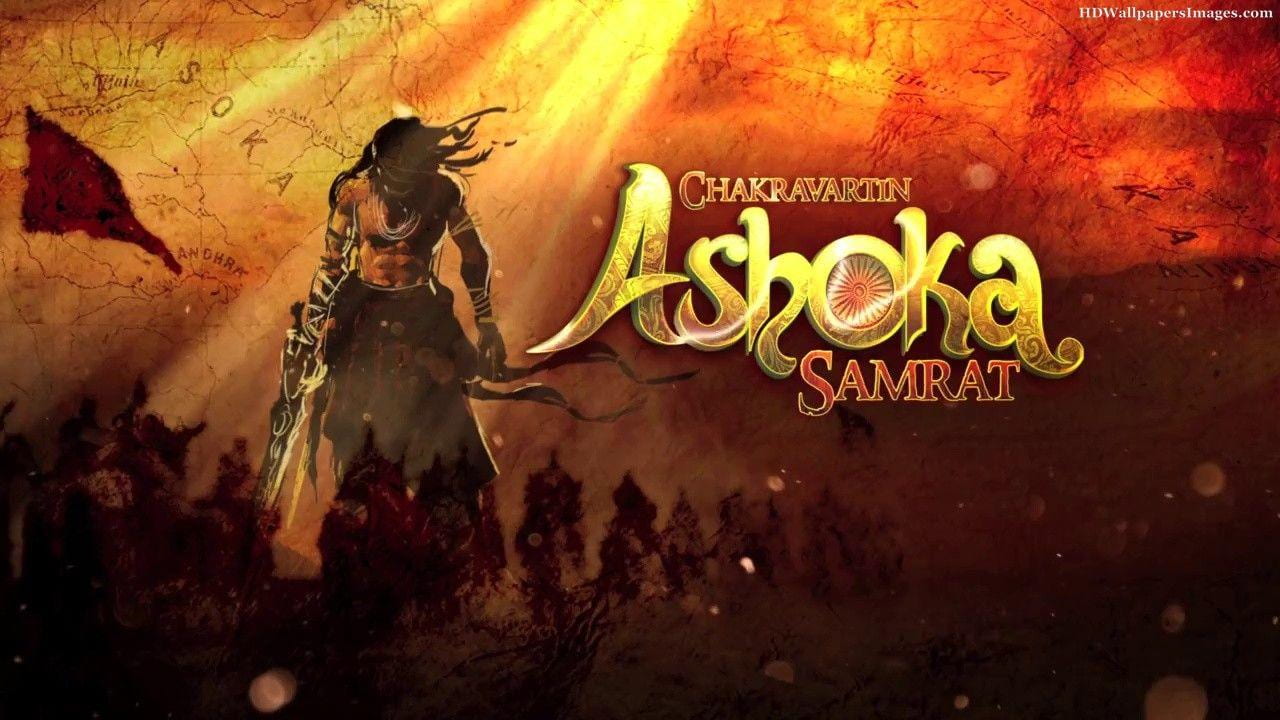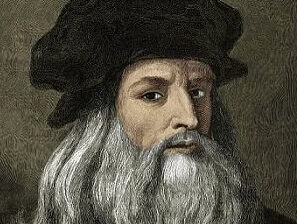
Ashoka the Great, also known as Ashoka Maurya or Ashoka Samrat, was an Indian emperor of the Maurya Dynasty who ruled almost all of the Indian subcontinent from 268 to 232 BCE. Here’s some information about Ashoka:
- Early Life and Ascension to the Throne:
- Ashoka was born in 304 BCE to Emperor Bindusara and Queen Dharma. He ascended to the throne after a succession war that followed his father’s death.
- Military Conquests:
- Ashoka was initially known for his military conquests and expansion of the Mauryan Empire. The Kalinga War (261 BCE) is particularly significant, as it had a profound impact on Ashoka’s life and reign.
- Transformation After the Kalinga War:
- The brutality and scale of the Kalinga War deeply affected Ashoka, leading to a spiritual transformation. He embraced Buddhism and renounced violence, adopting a policy of non-violence (ahimsa).
- Edicts of Ashoka:
- Ashoka is renowned for inscribing his teachings on rocks and pillars throughout his empire. These inscriptions, known as the Edicts of Ashoka, are written in various languages and scripts, including Brahmi and Greek. They reflect his commitment to promoting Dharma (righteousness) and social welfare.
- Promotion of Buddhism:
- Ashoka played a crucial role in the spread of Buddhism. He sent missionaries to various parts of the known world to propagate the teachings of Buddha. His daughter, Sanghamitta, is said to have introduced Buddhism to Sri Lanka.
- Ahimsa and Animal Welfare:
- Ashoka’s commitment to non-violence extended beyond human affairs to include animals. He implemented policies for the protection and welfare of animals, emphasizing the principle of ahimsa towards all living beings.
- Construction Projects:
- Ashoka is credited with the construction of various stupas, pillars, and monasteries. The Sanchi Stupa and the Ashoka Pillar at Sarnath are among the most famous examples of his architectural contributions.
- Legacy:
- Ashoka’s reign is often considered a high point in Indian history. His embrace of Buddhism and promotion of humanitarian values left a lasting impact on the cultural and moral landscape of ancient India.
- Death and Succession:
- Ashoka passed away in 232 BCE. After his death, the Mauryan Empire went into decline, and his successors could not maintain the extent of the territory he had ruled.
- Historical Accounts:
- The primary sources of information about Ashoka include his own edicts, as well as accounts by ancient historians like Megasthenes, who visited the Mauryan court, and Buddhist texts.
Ashoka the Great is remembered as a ruler who transformed from a conqueror to a proponent of peace and moral values. His contributions to Buddhism and his commitment to social welfare continue to be celebrated in Indian history and culture.
Unraveling the Profound Thoughts and Wisdom of an Iconic Ruler.
- Ahimsa (Non-Violence):
- One of the central tenets of Ashoka’s philosophy was ahimsa, the principle of non-violence. After witnessing the devastation of the Kalinga War, he adopted a path of non-violence and compassion, both in governance and personal life.
- Dharma (Righteousness):
- Ashoka emphasized the concept of Dharma, aligning his rule with moral and ethical principles. His edicts frequently mention the promotion of Dharma as a guiding force for a just and harmonious society.
- Tolerance and Religious Pluralism:
- Ashoka promoted religious tolerance and coexistence. His edicts express respect for all religious sects and advocate for the welfare of both the followers of his own faith (Buddhism) and those of other religions.
- Social Welfare and Animal Rights:
- Ashoka’s thoughts extended to the well-being of not just humans but all living beings. He implemented policies for the welfare of animals and encouraged initiatives for the betterment of society, including the establishment of medical facilities and planting of medicinal herbs.
- Legacy and a:
- Ashoka’s thoughts also involved considerations about his legacy. He wanted his policies and teachings to endure beyond his time. The rock and pillar edicts were instrumental in conveying his thoughts to future generations, showcasing his desire for a lasting impact on society.
These thoughts collectively depict Ashoka as a ruler deeply influenced by compassion, morality, and a vision for a just and harmonious society.

All General Knowledge question related to Ashoka :
Who was Ashoka?
Answer: Ashoka, also known as Ashoka the Great, was an Indian emperor of the Maurya Dynasty who ruled almost all of the Indian subcontinent from 268 to 232 BCE.
What was the significant event that led to Ashoka’s spiritual transformation?
Answer: The Kalinga War (261 BCE) had a profound impact on Ashoka, leading to his spiritual transformation and adoption of Buddhism.
In which language were Ashoka’s teachings inscribed on rocks and pillars throughout his empire?
Answer: Ashoka inscribed his teachings in various languages, including Brahmi and Greek, on rocks and pillars, known as the Edicts of Ashoka.
Which principle did Ashoka emphasize after the Kalinga War?
Answer: After the Kalinga War, Ashoka emphasized the principle of non-violence (ahimsa) and adopted a compassionate approach in governance and personal life.
What role did Ashoka play in the spread of Buddhism?
Answer: Ashoka played a crucial role in the spread of Buddhism by sending missionaries to various parts of the known world to propagate the teachings of Buddha.
What is the significance of the Ashoka Pillar at Sarnath?
Answer: The Ashoka Pillar at Sarnath is a famous example of Ashoka’s architectural contributions. It is where Buddha is said to have given his first sermon.
What do the Edicts of Ashoka primarily focus on?
Answer: The Edicts of Ashoka primarily focus on promoting Dharma (righteousness) and social welfare. They reflect Ashoka’s commitment to ethical governance.
In which year did Ashoka pass away?
Answer: Ashoka passed away in 232 BCE.
What impact did Ashoka’s reign have on the cultural and moral landscape of ancient India?
Answer: Ashoka’s reign is considered a high point in Indian history, as his embrace of Buddhism and promotion of humanitarian values left a lasting impact on the cultural and moral landscape.
Who are some of the historical sources of information about Ashoka?
Answer: Historical sources about Ashoka include his own edicts, accounts by ancient historians like Megasthenes, and Buddhist texts.
What is Ashoka known for?”
Users may want to know the key achievements or contributions that make Ashoka notable in history.
What happened during the Kalinga War?
This question could arise as people seek to understand the pivotal event that led to Ashoka’s transformation.
What is Ashoka’s Dhamma?
Users may be curious about the principles and teachings encapsulated in Ashoka’s concept of Dhamma (righteousness).
How did Ashoka promote Buddhism?
People might be interested in learning about Ashoka’s role in the spread and promotion of Buddhism.
What are the Edicts of Ashoka?
This question may be asked by individuals looking for information on the inscriptions left by Ashoka across his empire.
What is the significance of the Ashoka Pillar at Sarnath?
Users may be interested in the historical and cultural significance of this particular architectural structure.
How did Ashoka die?
This question could arise as people seek information about the end of Ashoka’s life and reign.
What was the impact of Ashoka’s rule on Indian history?
Users might want to understand the broader historical implications and legacy of Ashoka’s reign.
What language did Ashoka use for his edicts?
People may be curious about the linguistic aspects of the inscriptions made by Ashoka.
Find More Image Click Here
For More Explore Click Here






